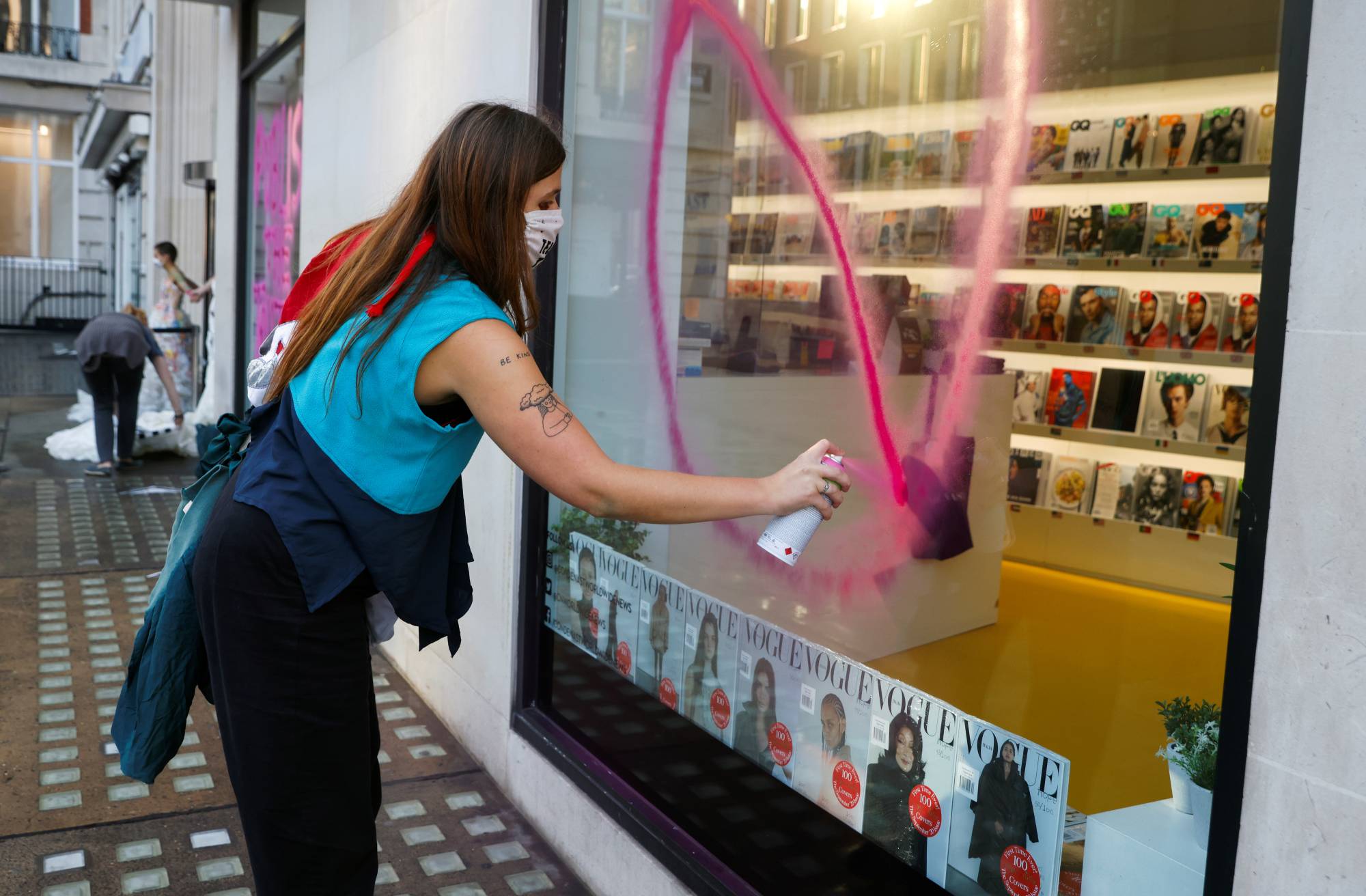Last July, two activists from Just Stop Oil entered London’s National Gallery and made their way to John Constable’s "The Hay Wain," an iconic painting of rural England as it was 200 years ago. After covering the painting with an image of environmental destruction, they glued their hands to the frame and awaited arrest.
Three months later, another pair of activists went to the National Gallery and threw tomato soup at Vincent van Gogh’s "Sunflowers." In the Netherlands, one activist glued his head to Johannes Vermeer’s "Girl with a Pearl Earring," while another poured something red over him. In Vienna, members of Last Generation, an organization named to make the point that we are the last generation able to prevent catastrophic climate change, poured black oily liquid over Gustav Klimt’s "Death and Life." And in Potsdam, others smeared mashed potatoes onto Claude Monet’s "Haystacks."
In all these incidents, the activists chose paintings protected by glass, drawing attention to great works of art, but not damaging them. With "The Hay Wain," the message was that if we do not stop using fossil fuels, scenes like the one Constable painted will be gone forever.



















With your current subscription plan you can comment on stories. However, before writing your first comment, please create a display name in the Profile section of your subscriber account page.